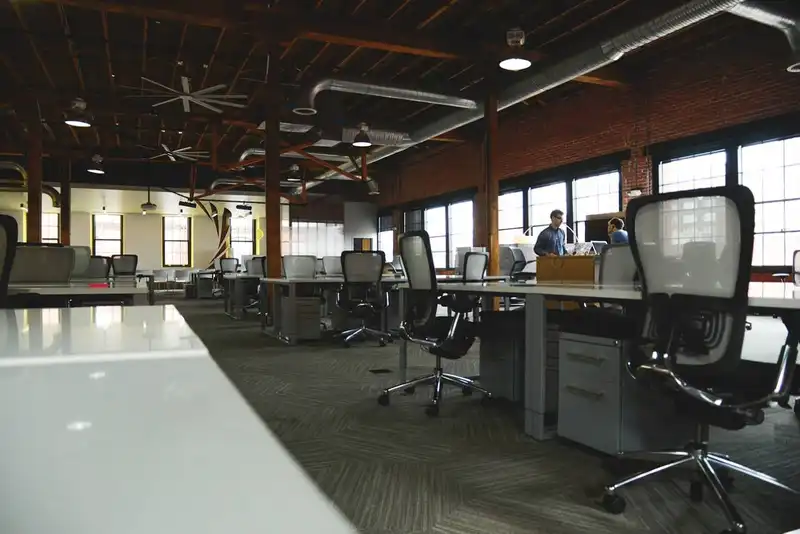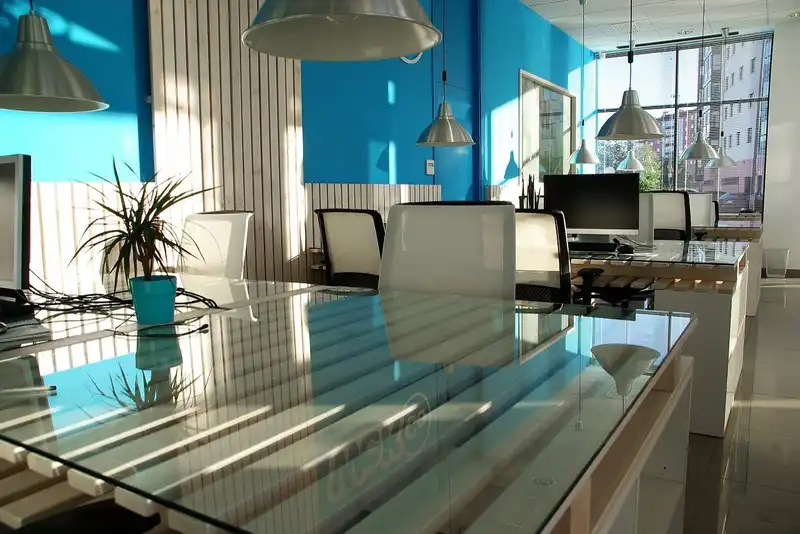7 Ways a Workplace Can Impact Productivity
7 Ways the Workplace Influences Productivity
When evaluating which factors affect employee productivity levels, concepts like company culture and job satisfaction are generally immediately mentioned. However, studies show that workplace environment elements ranging from air quality to natural light exposure are also incredibly important to consider.
A primary reason that work environment components are not considered as much as they should be by business professionals is due to the fact that they are easily overlooked. 7 significant factors that influence workplace productivity that all corporations should pay attention to include-
1. Noise

Surrounding background noise can massively affect employee productivity. In fact, studies show that employee productivity levels can plummet a shocking 66% when team members are exposed to nearby distracting noises.
Distracting noises in the workplace can range from overheard conversations between coworkers to office furniture persistently squeaking. It can be difficult to define or determine which noises are the most distracting in a specific work environment as each employee may notice different noises.
One method to boose productivity and combat this issue is to keep a low ambient noise consistently playing. Sometimes supplying a consistent ambient noise can be as simple as an air conditioner humming throughout the workday.
Additional methods to deter distracting noises that affect employee productivity include an office design that allows each employee to close their own door. An office layout that is an open plan is generally considered the worst for decreasing distractibility.
2. Music

Whether or not music increases employee productivity is a hotly contested issue when discussing which workplace environment factors affect productivity levels. While some people work best with music, other employees need quieter work environments in order to concentrate.
If employees feel passionate about being able to listen to music while working, it can be wise to allow headphone usage to increase their job satisfaction levels. However, employers may wonder if it is sensible to play music universally throughout the office space.
Studies have shown that lyrical music can distract employees. Additionally, high volume music may deter the concentration that employees need for high quality work production.
3. Air Quality

When considering how physical environment factors affect employee productivity levels, air quality should always be a top concern. In fact, studies have shown that poor air quality decreases employee productivity by up to 9%.
Techniques to improve air quality in the office space include the installation of air filters and increasing air circulation speeds. Supplying a higher air quality will likely keep employees both more productive and healthier.
4. Temperature

Employees must be equipped with a reasonable climate in their work environment in order to be productive. If the temperature is too high, or too low, the likelihood of maintaining a high productivity workplace plummets.
While studies disagree about what the best temperature is exactly, most employees work best at around 71 degrees Fahrenheit. At 71 degrees, the productivity employees experience is generally at its peak.
Of course, people work best in different temperatures, so finding the right temperature for a specific office environment may require some trial and error.
5. Light

There are many studies suggesting that people work best when provided with an abundance of natural light sources. Natural light can help employees perform more high quality work and increase their job satisfaction levels.
Lighting factors affect the probability of workers experiencing computer vision syndrome in addition to various mental health symptoms. If the office space does not have enough natural lighting available, blue tinted light sources are highly recommended.
6. Color

There is an entire field of psychology dedicated to understanding how color influences people. Unsurprisingly, the way that colors affect how people work is also studied closely.
Studies have shown that office space colors influence employee engagement and productivity levels. For example, the color red is associated with emotionality which could be a high productivity workplace choice for competitive industries.
The color blue is associated with calmness, a great option for high stress industries that want to decrease employee stress levels. The color green is associated with efficiency and some studies even suggest it can decrease eye fatigue.
7. Plants

Plants boast an astounding ability to boost productivity levels. In fact, studies show that plants in the workplace environment can boost productivity by up to 15%!
When discussing the reasons that plants boost productivity so aggressively, experts have a range of theories ranging from air quality improvements to office design compliments. Regardless of why plants so heavily affect employee productivity, they are an affordable and accessible option to help increase productivity long term.
Key Takeaways

- Understanding how the workplace environment affects productivity requires analysis of various factors ranging from air quality levels to natural light exposure.
- Small changes to the office environment can largely increase productive work long term.










